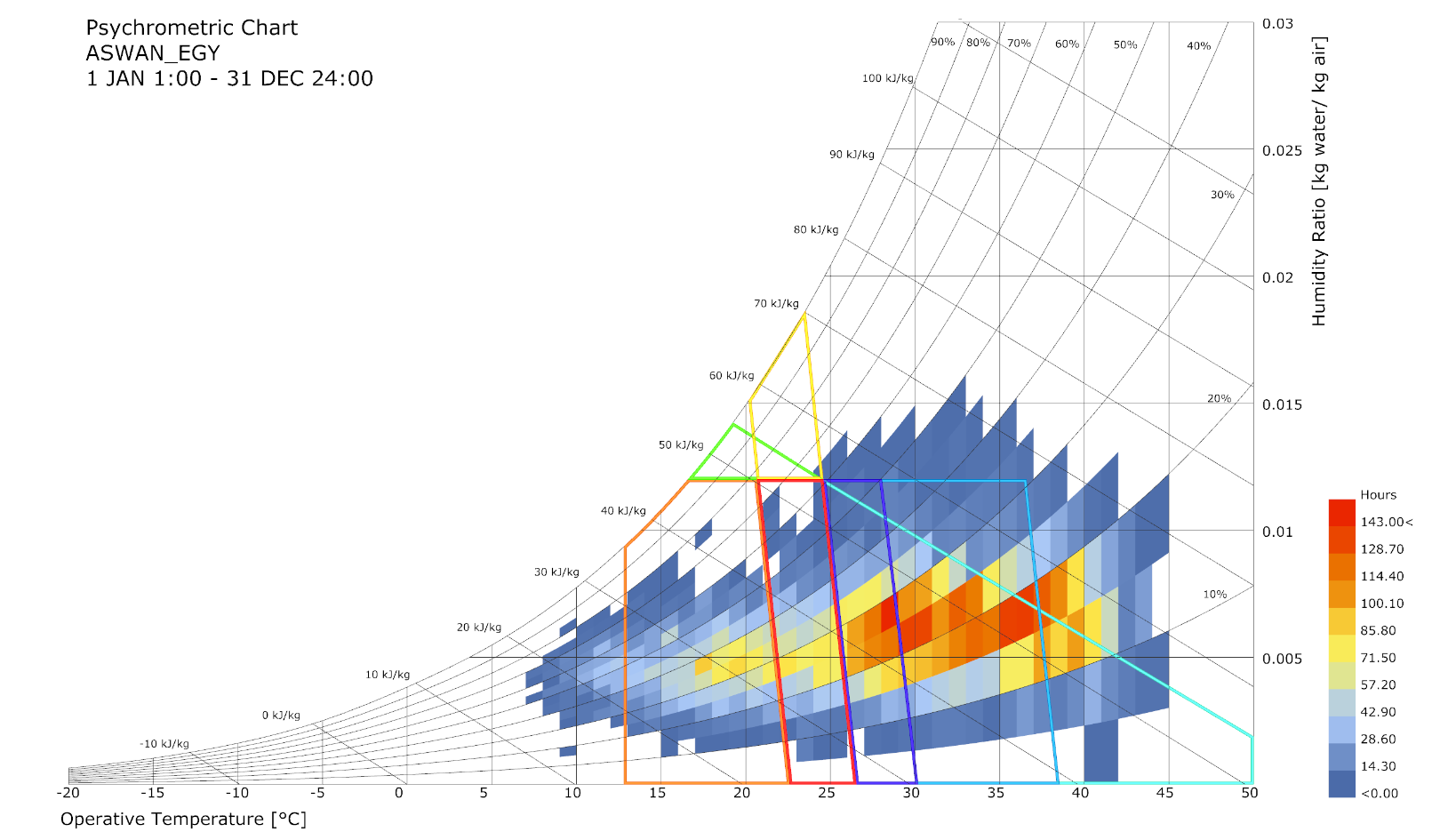Achieving thermal comfort in residential and commercial architecture is a fundamental objective of sustainable building design. This article explores the principles, materials, and systems necessary for creating thermally comfortable indoor environments while optimizing energy efficiency. It highlights the crucial role of design choices in shaping the thermal experience of occupants.
1. Defining Thermal Comfort
Thermal comfort refers to the condition in which individuals feel neither too hot nor too cold within a given space. According to the American Society of Heating, Refrigerating and Air-Conditioning Engineers (ASHRAE), thermal comfort depends on six primary factors: air temperature, radiant temperature, humidity, air movement, metabolic rate, and clothing insulation [1]. Balancing these factors ensures that occupants experience a sense of well-being, productivity, and health in their environment.
2. The Role of the Building Envelope
The building envelope acts as the first line of defense in maintaining thermal comfort. It regulates heat transfer between the indoor and outdoor environments. Walls, roofs, floors, windows, and doors must work together to minimize unwanted heat gain in summer and heat loss in winter. High-performance envelopes incorporate insulation, thermal mass, and advanced glazing technologies to achieve these objectives.
For example, walls with a U-value below 0.25 W/m²·K provide excellent thermal insulation, while materials such as stone or concrete offer high thermal mass to regulate indoor temperatures by absorbing and releasing heat over time [2]. Similarly, triple-glazed windows with low-emissivity (low-E) coatings can reduce heat transfer while maximizing natural light.
3. Passive Design Strategies
Passive design strategies focus on harnessing natural elements, such as sunlight and wind, to enhance thermal comfort without relying heavily on mechanical systems. Key strategies include:
- Orientation: Aligning buildings to maximize solar gains in winter and minimize them in summer.
- Shading: Utilizing overhangs, louvers, and vegetation to block excessive sunlight.
- Cross Ventilation: Designing openings to promote airflow and dissipate heat.
- Thermal Mass: Incorporating materials that absorb heat during the day and release it at night.
These strategies are particularly effective in reducing energy demand for heating, ventilation, and air conditioning (HVAC) systems.
4. HVAC Systems and Energy Efficiency
Mechanical systems play a critical role in achieving thermal comfort in climates where passive strategies alone are insufficient. Energy-efficient HVAC systems ensure that comfort is achieved without excessive energy consumption. Modern systems integrate features such as variable refrigerant flow (VRF) technology, heat recovery ventilators (HRVs), and smart controls to optimize performance and reduce environmental impact.
For instance, integrating an HRV with a passive solar heating system can recover up to 90% of the heat from exhaust air, reducing energy demand significantly [3].
5. Case Study: Single Family Residence
A single-family home located in Aswan, Egypt, demonstrates the effective application of thermal comfort principles. The home incorporates a 60 cm thick wall assembly with 100 mm high-density foam insulation. This configuration provides a U-value of approximately 0.19 W/m²·K, ensuring superior thermal insulation.
Windows are triple-glazed with low-E coatings and integrated louvers for shading. These features reduce heat gain and glare while maintaining optimal daylight levels. Passive design elements include a solar chimney that enhances natural ventilation and a rooftop green space that moderates indoor temperatures and reduces heat island effects.
Energy modeling results indicate a 35% reduction in HVAC energy demand compared to conventional homes in the region, translating to annual savings of approximately 5,500 kWh of electricity. The design also improves occupant comfort by maintaining consistent indoor temperatures year-round.
6. Conclusion
Thermal comfort is a cornerstone of sustainable architecture. By prioritizing building envelope efficiency, leveraging passive design strategies, and integrating advanced HVAC systems, architects can create spaces that enhance human well-being while minimizing energy use. As climate challenges intensify, the pursuit of thermal comfort will remain a critical driver of innovation in architectural design.
References
- [1] ASHRAE, Thermal Environmental Conditions for Human Occupancy, Standard 55, 2020.
- [2] K. R. G. Olgyay, Design with Climate: Bioclimatic Approach to Architectural Regionalism, Princeton University Press, 2019.
- [3] M. S. Brown, “Heat Recovery Ventilation in Passive Building Design,” Journal of Sustainable Building Practices, vol. 28, no. 3, pp. 123-130, 2023.

